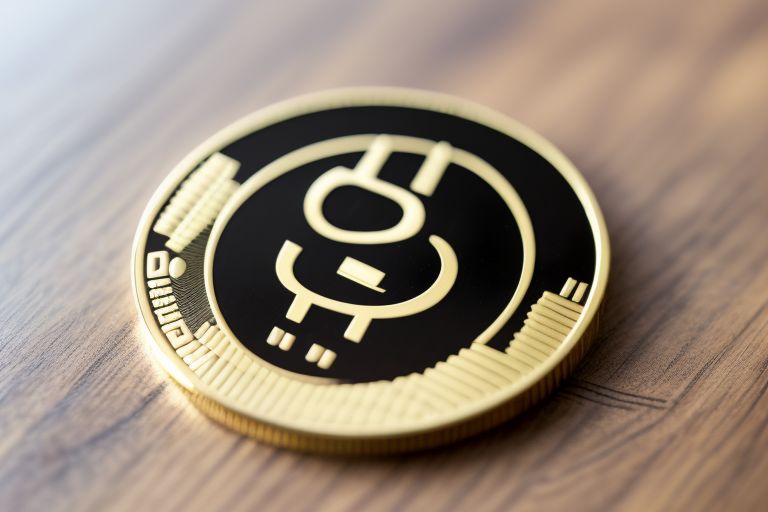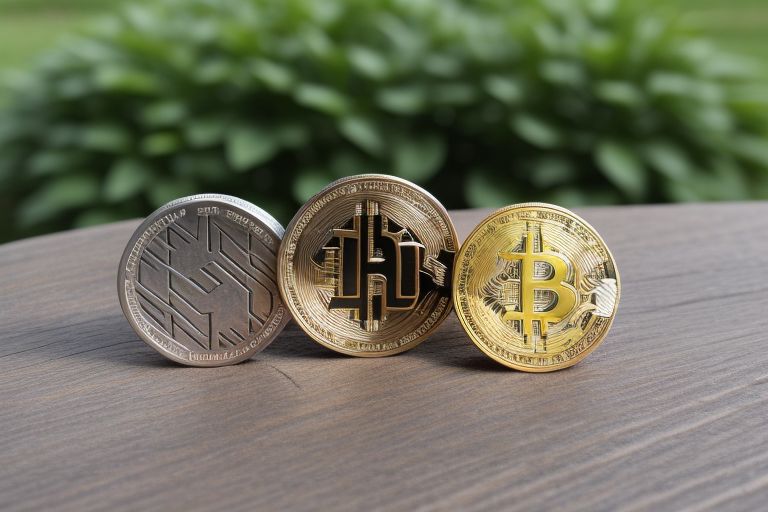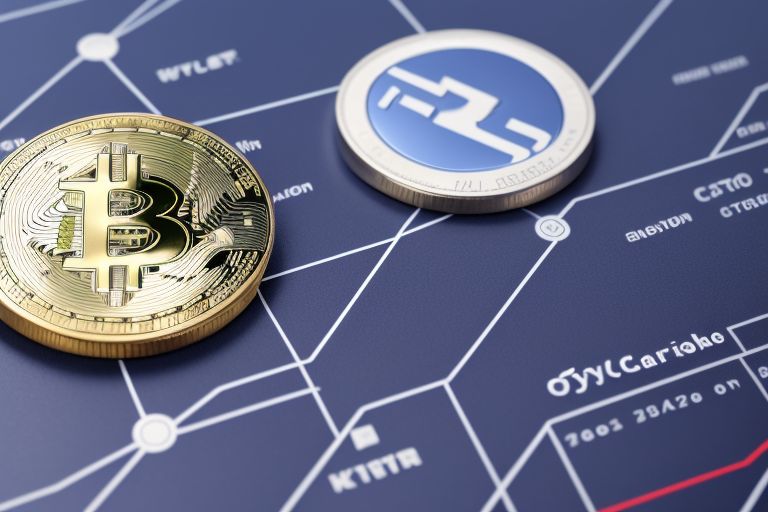Bridging loans provide fast, short-term financing for buyers needing immediate capital, often to secure a property before long-term funding is in place. Unlike traditional mortgages, which can take months to process, bridging loans can be arranged as fast as in 24 hours, making them a lifeline for buyers facing tight deadlines—especially in competitive markets or property auctions, when a sudden opportunity appears.
When taking a bridging loan, some aspects are more important than the others, not being able to obtain it quickly can be a dealbreaker, and a potential 0.25% difference in the cost of the loan may not be as significant as with traditional, long-term loans. That’s why we’ve decided to compare the best bridging loan providers in the UK.
1. KIS Finance
KIS Finance has been set up in the mid 1990s, and have been on the market of bridging loan providers in the UK ever since. With over 25 years of experience, their motto is “Keep it simple”. Their range of bridging loans spans £50,000 to £500 million and can last up to 24 months. Their website offers a variety of calculators, including one for the bridging loan, where you can quickly check how much will it cost you, and the loan can be provided to you within 48 hours. KIS Finance is the highest rated bridging loan provider on reviews.io, with over 220 reviews.
Average review: 4.9/5
Bridging loan span: £50,000 to £500 million
Duration: 1 to 24 months
2. West One
West One has been offering bridging loans since 2007, building a reputation for speed and flexibility in the UK market. Their approach focuses on personalized lending, with an experienced underwriting team that ensures fast approvals when timing is critical. Their bridging loans typically last up to 12 months and cover a wide range of needs, including refinancing, auction purchases, property refurbishment, and commercial acquisitions. West One provides tailored rates based on asset quality, borrower profile, and market conditions, helping clients secure funding efficiently, however the duration being only up to 12 months is where they lose compared to other bridging loan providers.
Average review: 4.3/5
Bridging loan span: up to £30 million
Duration: up to 12 months
3. LendInvest
LendInvest has been providing property finance since 2008, focusing on technology to improve the mortgage process. Their platform reduces paperwork and speeds up approvals, making it easier for borrowers to secure funding. Over the years, they’ve lent more than £3 billion, contributing to thousands of new and refurbished homes across the UK. Their strong financial backing includes partnerships with global institutions like HSBC, J.P. Morgan, and Citigroup. LendInvest is known for its innovative approach, becoming the first UK fintech to securitise a buy-to-let mortgage portfolio in 2019. Their reviews indicate a great team of underwriters, but frequent complaints about the lack of communication from LendInvest team.
Average review: 4.3/5
Bridging loan span: up to £30 million
Duration: 12 months
4. Kuflink
Kuflink has been a bridging loan provider since 2011, initially launching as Alpha Bridging before rebranding in 2016. Known for its peer-to-peer lending model, Kuflink offers fast and flexible short-term finance solutions, catering to property investors, developers, and businesses. Their bridging loans cover a range of needs, from auction purchases to refinancing, with competitive rates and a straightforward application process. With full FCA authorization and ISO 27001 certification, Kuflink emphasizes security and regulatory compliance. Their growing loan book, surpassing £120 million, reflects their strong market presence and commitment to efficient funding solutions.
Average review: 4.4/5
Bridging loan span: up to £1 million
Duration: 6 months and more
5. Mercantile Trust
Mercantile Trust has been a bridging loan provider and buy-to-let mortgages in the UK for over 25 years as part of the Norfolk Capital Group. Their flexible approach caters to a wide range of borrowers, including those with complex financial histories or poor credit. Unlike many lenders, they assess each application individually, ensuring tailored solutions without judgment. As a direct lender, Mercantile Trust eliminates broker fees, streamlining the borrowing process. Their commitment to transparency, fairness, and customer service has made them a trusted choice for property investors and landlords seeking fast and reliable short-term finance.
Average review: 4.4/5
Bridging loan span:£25,000 to £500,000
Duration: 1 to 18 months












 Bitcoin
Bitcoin  Ethereum
Ethereum  Tether
Tether  XRP
XRP  USDC
USDC  Lido Staked Ether
Lido Staked Ether  TRON
TRON  Cardano
Cardano  Avalanche
Avalanche  Toncoin
Toncoin  Solana
Solana